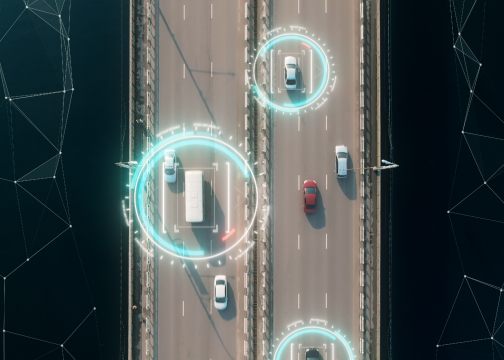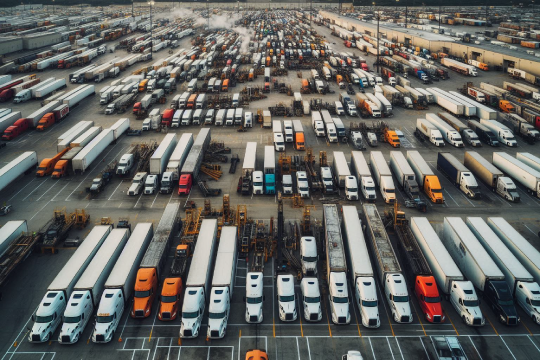The success of fleet automation depends on fleet managers and their staff
Fleet automation is the process of using software and hardware to manage and optimize the operations of a fleet of vehicles, such as trucks, assets or equipment. Fleet automation is the next phase of fleet management software. In fact, certain aspects of fleet management have been automated. For instance, ELDs have automated parts of HOS compliance. However, so much can and will be automated over time. Fleet automation can help reduce costs, improve safety, enhance customer service, and increase efficiency. However, fleet automation does not mean that humans are no longer needed or valuable. On the contrary, fleet managers and their staff play a crucial role in ensuring the success of fleet automation.
One of the main functions of fleet managers in fleet automation is to monitor and supervise the automated systems. Even though fleet automation can perform many tasks autonomously, they still require human oversight and intervention in case of emergencies, malfunctions, or complex situations. But perhaps even more important, fleet managers and staff have to embrace fleet automation. They must be willing to allow fleet automation to do certain tasks that they used to do. Fleet automation software has to be given permission to automate tasks such as coaching or alerting security or maintenance teams. For example, fleet automation can automatically coach drivers when they are speeding, braking too harshly, or idling too much, but the rules and permissions need to be in place and fleet managers need to allow those tasks to be automated. Fleet automation can alert their drivers and maintenance teams and schedule their vehicles for repairs automatically. Fleet automation can alert their security teams and authorities when a vehicle or asset is being stolen. Fleet automation can automate processes and workflows but fleet managers need to take the steps to set up the rules and permissions so that fleet automation performs seamlessly.
Fleet managers can also provide feedback and guidance to improve the performance and reliability of the automated systems. Fleet managers can help train the artificial intelligence algorithms that power the software by providing data, annotations, and corrections.
Another function of staff in fleet automation is to complement and augment the automated systems. There are some tasks that fleet automation software cannot do well or at all, such as loading and unloading cargo, interacting with customers, or navigating through unpredictable environments. Humans can perform these tasks better and faster than automated systems, or assist them when needed. Humans can also leverage their creativity, intuition, and problem-solving skills to find new ways to use and improve the automated systems. Humans will still be needed to plan, schedule, and optimize the routes and operations, as well as communicate and collaborate with other parties involved in the process.
In conclusion, fleet automation still needs humans to monitor, supervise, complement, augment, manage, and coordinate their fleet. Humans are not replaced by fleet automation, but rather work with them in a symbiotic relationship that benefits both parties. Fleet automation takes fleet management to the next level. It is not a threat to human jobs, but an opportunity to create new ones that are more rewarding and fulfilling.






